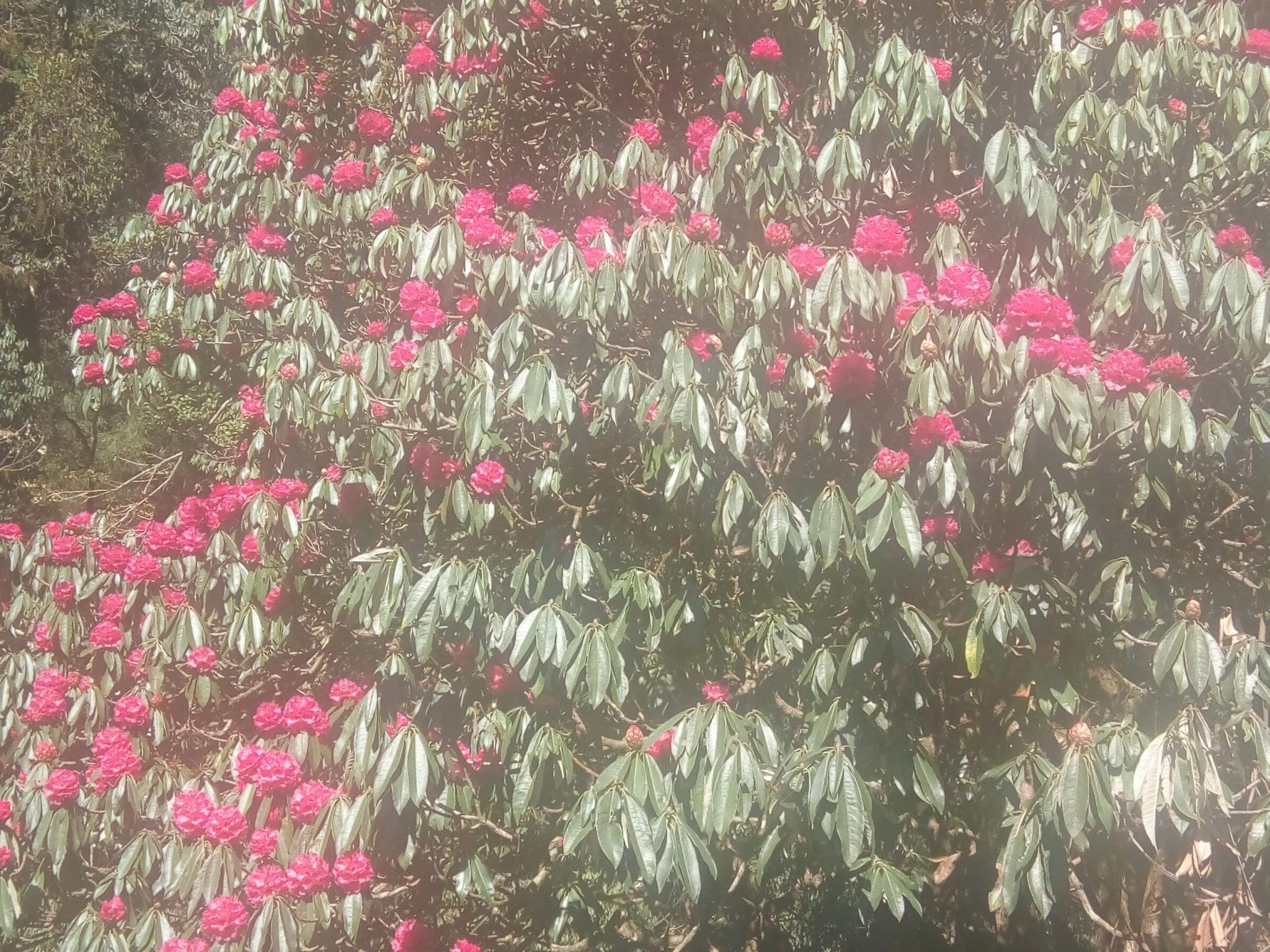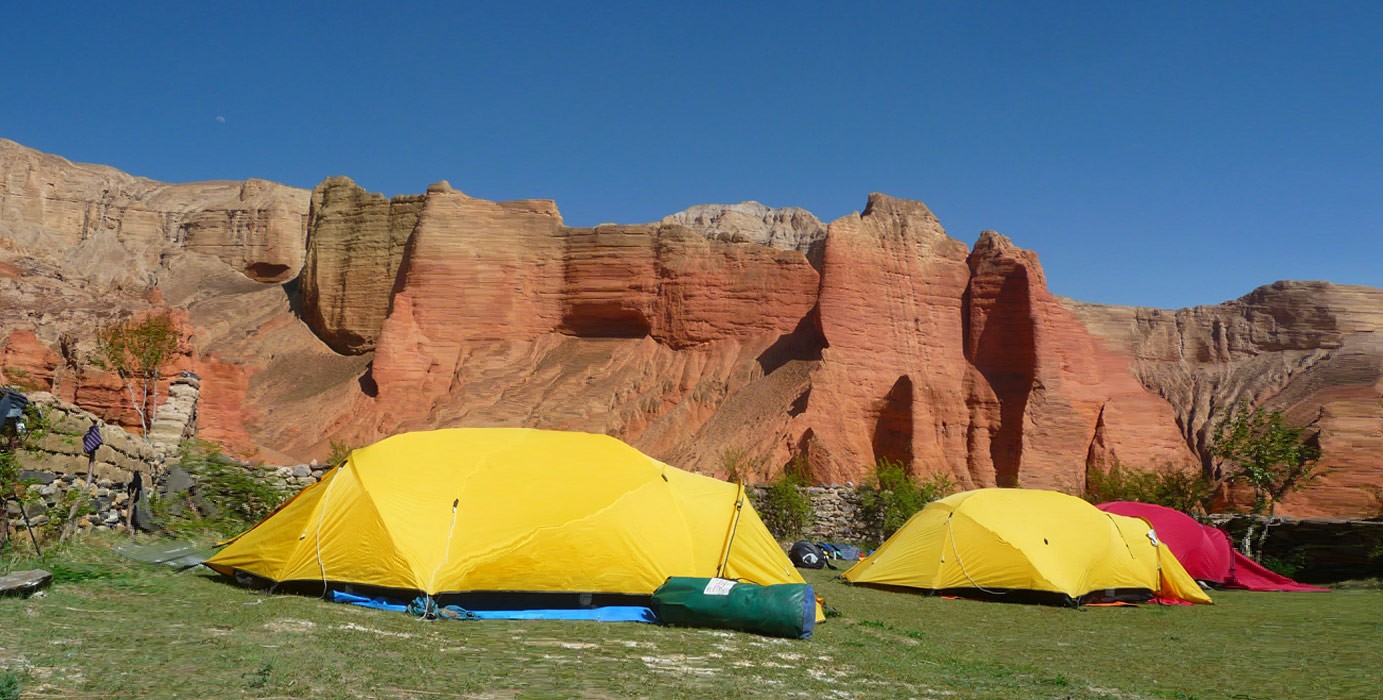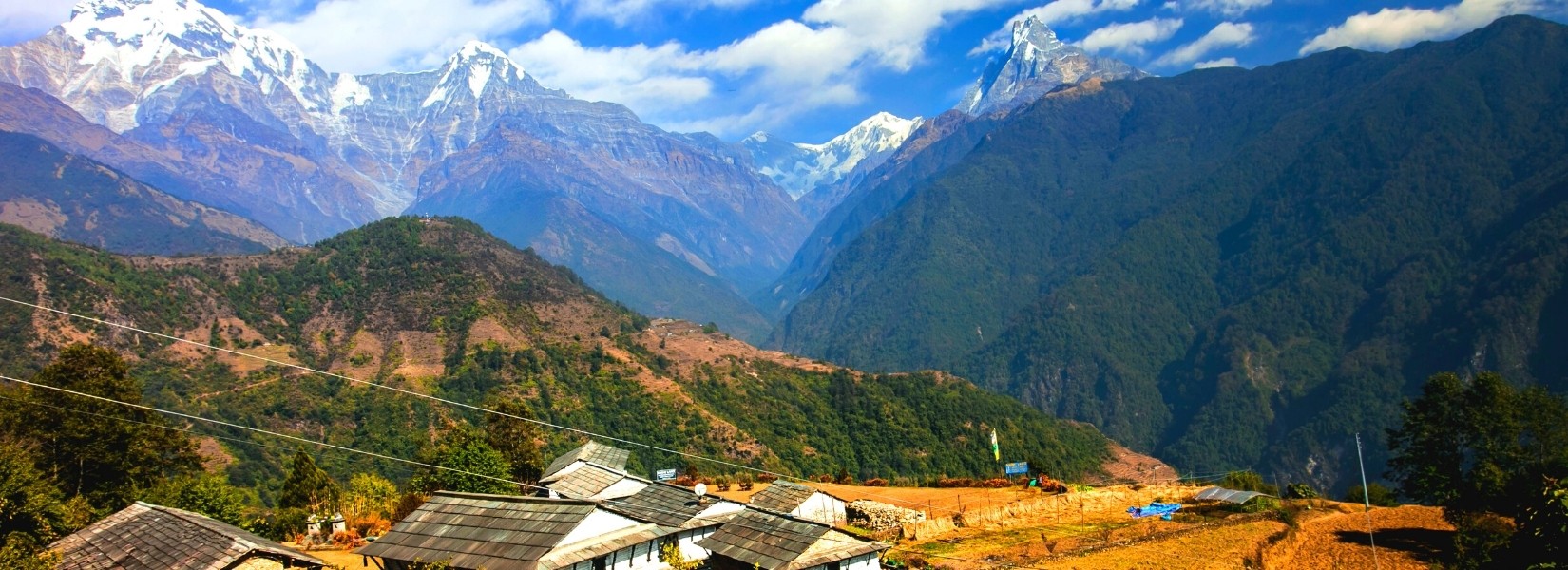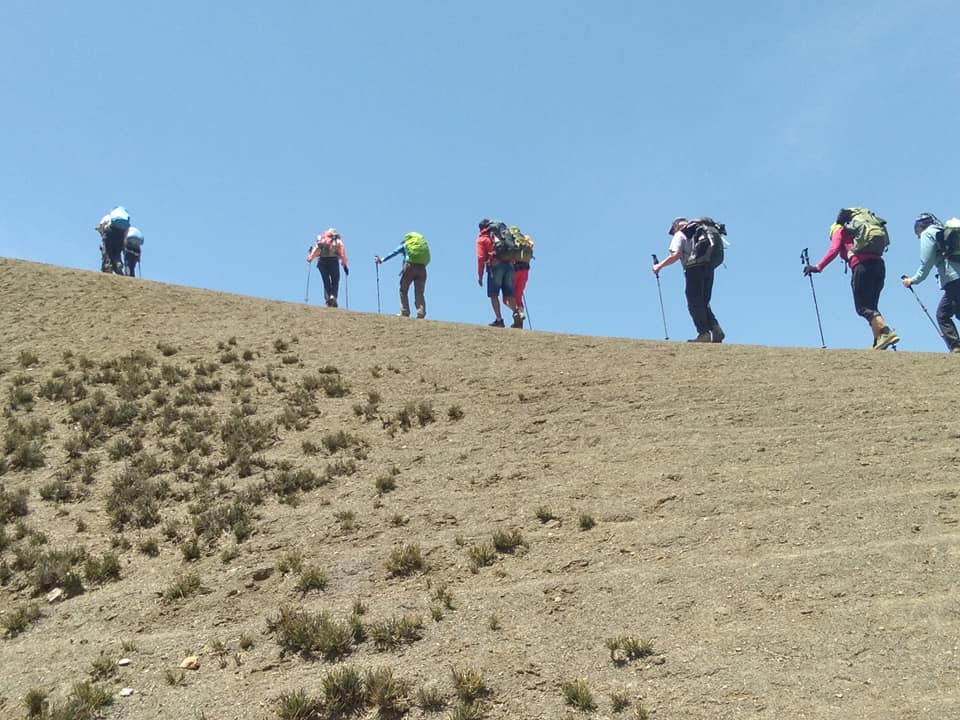Upper Mustang with Tiji Festival is the small and isolated Trans-Himalayan “kingdom” of Mustang occupies just over 3,000 square kilo meters with an average altitude of 1,000 meters, just below the Photu La pass (1,600m), which is itself only 75m above the Tsangpo plain of Tibet. In all respects, geographically, climatically and culturally, it belongs to Tibet. Today it is part of Nepal but retains a degree of autonomy. The Thak Khola/Kali Gandaki River originates here and flows out of the Mustang valley in a series of deep gorges. It has been vividly described by the French anthropologist Michel Peissel in his book “Mustang: The Lost Kingdom”. Entry into this area is partially restricted by the Nepalese Government.
Also known as the Kingdom of Lo, Mustang existed as an independent state as early as the 5th Century AD but was absorbed into Tibet in the 7th Century. Later it achieved a degree of independence becoming an important centre of the Lamaistic Sakvapa sect. After the disintegration of Gumthang in the early 15th Century, Gyalpo Ame Pal (1380-1450) founded a dynasty that has survived until the present day. The present king, Jigme Palbar Bista, the 25th after Gyalpo Ame Pal, was born in 1930. The resident population of Mustang is about 6,000.
The Mongols overran Mustang in the 17th Century and in 1760 the Raja of Jumla conquered it. It passed to the Gurkhas 30 years later, who also appreciated its strategic and commercial significance on the trading routes for salt and grain between Nepal and Tibet. When Indian salt largely replaced Tibetan salt in Nepal, Mustang’s fortunes declined and it retreated into isolation. Now, the principal economic activity is subsistence farming of barley, complemented by yak, horse, mule and goat breeding. The significant nomadic pastoralist lifestyle has been dictated by the arid environment.
The inhabitants of Mustang are Bhotias (Tibetans) who follow Lamaistic Buddhism. To the south of Mustang are the Thakalis who provide a cultural and geographical bridge between Mustang and the middle hill tribes of Gurungs and Magars (Gurkhas).
For the final part of your trek from Kagbeni to Beni you are back in “Gurkha” country with typical Nepalese scenery. The fauna and flora become richer as you descend from alpine to temperate and finely into sub-tropical forests. The views and the backdrops of the Himalayas are stunning throughout.

 Ghorepani Poon Hill Trek 7 days
Ghorepani Poon Hill Trek 7 days
 Ghorepani Poon Hill Trek – 4 Days
Ghorepani Poon Hill Trek – 4 Days
 Annapurna Circuit Trek 12 days
Annapurna Circuit Trek 12 days
 Jomsom Muktinath Trek – 6 days
Jomsom Muktinath Trek – 6 days
 Bhairav Kunda Trek – 10 days
Bhairav Kunda Trek – 10 days
 Nar Phu Valley with Annapurna Circuit Trek – 20 days
Nar Phu Valley with Annapurna Circuit Trek – 20 days
 Mustang Camping Trek – 21 days
Mustang Camping Trek – 21 days
 Sikles Village Trek – 9 days
Sikles Village Trek – 9 days
 Royal Camping Trek – 4 days
Royal Camping Trek – 4 days
 Mardi Hiimal Trek – 7 days
Mardi Hiimal Trek – 7 days
 Panchase Trek – 13 days
Panchase Trek – 13 days
 Ghandruk Village trek 8 days
Ghandruk Village trek 8 days
 Tilicho Lake with Annapurna Circuit Trek 17 days
Tilicho Lake with Annapurna Circuit Trek 17 days
 Ghorepani Poon Hill Trek – 12 days
Ghorepani Poon Hill Trek – 12 days
 Upper Mustang Trek – 16 days
Upper Mustang Trek – 16 days
 Annapurna Base Camp Trek – 16 days
Annapurna Base Camp Trek – 16 days
 Jomsom and Muktinath Trek – 15 days
Jomsom and Muktinath Trek – 15 days
 Annapurna Circuit Trek – 21 days
Annapurna Circuit Trek – 21 days
 Annapurna Base Camp Trek 11 days
Annapurna Base Camp Trek 11 days



